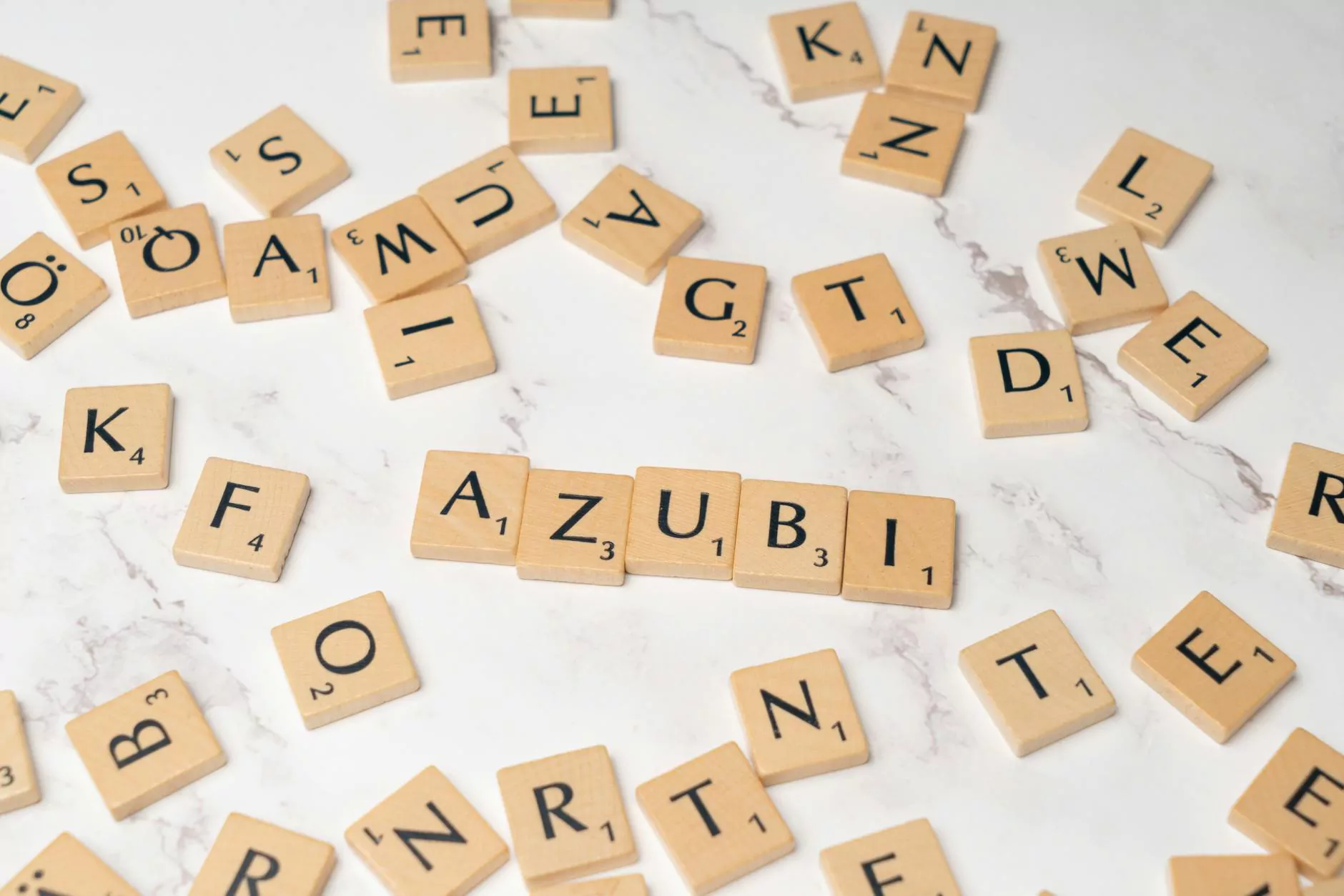The Ultimate Guide to Understanding Semaglutide and Bac Water Mixing for Optimal Results

In the rapidly evolving world of weight management and metabolic health, semaglutide has emerged as a groundbreaking medication, offering new hope for individuals seeking effective, sustained weight loss solutions. As with any potent pharmaceutical, understanding the correct methods of preparation and administration is critical to ensuring safety and maximizing efficacy. This comprehensive guide explores the nuanced process of mixing semaglutide with bacteriostatic water (bac water), emphasizing best practices, expert advice, and key considerations for enthusiasts and medical professionals alike.
Understanding Semaglutide: A Revolutionary Approach to Weight Loss and Diabetes Management
Semaglutide is a glucagon-like peptide-1 (GLP-1) receptor agonist. Originally developed for the management of type 2 diabetes, it has gained recognition for its potent appetite-suppressing effects, leading to significant, sustainable weight loss. Its mechanism works by mimicking the body's natural GLP-1 hormone, which influences blood sugar levels and reduces hunger sensations.
Key benefits of semaglutide include:
- Enhanced glycemic control for individuals with type 2 diabetes
- Significant weight reduction in adult patients, often exceeding results of other therapies
- Improved cardiovascular health markers when used appropriately
- Low risk of hypoglycemia when used alone
It's vital for users to understand proper preparation and administration techniques, especially in community or home settings, to prevent complications and maximize benefits.
The Importance of Proper Preparation: Mixing Semaglutide with Bac Water
Before administering semaglutide, it must be reconstituted with a sterile diluent—most commonly bacteriostatic water. Correct mixing ensures nibacteriostatic water preserves the integrity of the medication, prevents bacterial contamination, and maintains the stability of the solution.
However, an improper ratio or mishandling can lead to reduced potency, irritation at the injection site, or other adverse effects. Therefore, meticulous attention to detail during preparation is essential, whether done by a healthcare professional or the end-user with proper training.
How Much Bac Water to Mix with Semaglutide: A Detailed Approach
One of the most common questions among users is: how much bac water to mix with semaglutide. The answer is not one-size-fits-all but depends on individual dosing plans, storage considerations, and personal preferences.
General Guidelines for Mixing Semaglutide with Bac Water
- Determine Your Prescribed Dose: Typically, semaglutide is administered in weekly doses ranging from 0.25 mg to 2.4 mg depending on medical advice.
- Choose Your Final Concentration: Common practice involves reconstituting the medication to achieve a concentration that facilitates accurate, comfortable injections. For example, mixing 4 mg of semaglutide powder with 1 mL (or 1 cc) of bacteriostatic water results in a concentration of 4 mg/mL.
- Adjust the Volume According to Your Needs: If your target dose is 1 mg per injection, and your solution is 4 mg/mL, you will inject 0.25 mL. To maintain flexibility and ease of measurement, many opt for larger volumes, such as 1 mL or 2 mL, which allow for precise dosing via insulin syringes.
- Always Follow Medical Advice: Consult your healthcare provider or pharmacist to determine optimal concentrations tailored to your health profile.
Practical Example: Mixing 4 mg of Semaglutide with Bac Water
Suppose you have a vial containing 4 mg of semaglutide powder. To reconstitute it with bacteriostatic water:
- Inject 1 mL of bacteriostatic water into the vial using a sterile syringe.
- Gently swirl the vial until the powder dissolves completely. Avoid shaking vigorously to prevent foam formation.
- Label your vial clearly, noting the concentration (e.g., 4 mg/mL).
- Use insulin syringes to draw the desired dose based on your prescribed amount.
Expert Tips on Ensuring Safe and Effective Mixing
To optimize the preparation process, consider the following professional advice:
- Use Sterile Equipment: Always employ sterile syringes and alcohol swabs to disinfect vial stoppers and prevent contamination.
- Follow Proper Storage Protocols: Keep reconstituted semaglutide refrigerated at 2°C to 8°C (36°F to 46°F). Avoid freezing.
- Check for Clarity: The solution should be clear; any discoloration or particles indicate potential contamination, and the solution should be discarded.
- Work in a Clean Environment: Prepare your doses in a clean, well-lit area to reduce infection risk.
- Monitor Durability: Reconstituted semaglutide typically remains stable for up to 30 days if stored properly; consult your pharmacist for precise timelines.
Pharmacist and Nutritionist Insights on Semaglutide Usage
Professionals in the healthcare and nutrition industries play crucial roles in guiding patients through safe medication practices.
Pharmacists
Pharmacists emphasize proper reconstitution techniques, accurate dosing, and understanding potential side effects. They recommend:
- Always using sterile, single-use syringes for each dose
- Confirming the total volume of solution before drawing doses
- Educating patients on injection sites and techniques
- Monitoring for adverse reactions and ensuring storage compliance
Nutritionists
Nutrition experts highlight the importance of integrating semaglutide into a comprehensive weight loss and health plan, including:
- Balanced, nutrient-rich diets
- Regular physical activity
- Behavioral modifications for sustainable lifestyle change
- Holistic monitoring of health markers alongside medication usage
Common Mistakes and How to Avoid Them When Mixing Semaglutide
Although mixing semaglutide may seem straightforward, many users inadvertently make errors that compromise safety or effectiveness. Awareness of these pitfalls empowers safer practices.
Mistake 1: Using the Wrong Water Type
Only bacteriostatic water should be used because it contains preservatives that inhibit bacterial growth and extends the stability of the solution. Using normal saline or sterile water can increase contamination risk.
Mistake 2: Incorrect Dosage Calculation
Miscalculating the final concentration may lead to underdosing or overdosing. Always double-check calculations, preferably under the supervision of a healthcare professional.
Mistake 3: Improper Storage
Failure to store the reconstituted solution properly can degrade the medication. Keep it refrigerated and avoid prolonged exposure to light or temperature fluctuations.
Mistake 4: Cross-Contamination
Never reuse needles or syringes. Always use a fresh, sterile needle for each injection and avoid touching the needle tip or syringe tip.
Conclusion: Mastering the Art of Mixing Semaglutide for Optimal Outcomes
Mastering how much bac water to mix with semaglutide is essential for safe, effective treatment. Accurate calculations, proper aseptic techniques, and adherence to professional guidance form the foundation of successful therapy. As with any advanced medical process, continuously educate yourself and consult qualified healthcare professionals to ensure optimal health results.
Remember, the key to effective weight management and health benefits with semaglutide relies not only on the medication itself but also on meticulous preparation, responsible usage, and always prioritizing safety and scientific best practices.
Empower yourself with knowledge, practice vigilance, and embrace a holistic approach to health for lasting success in your weight management journey.



